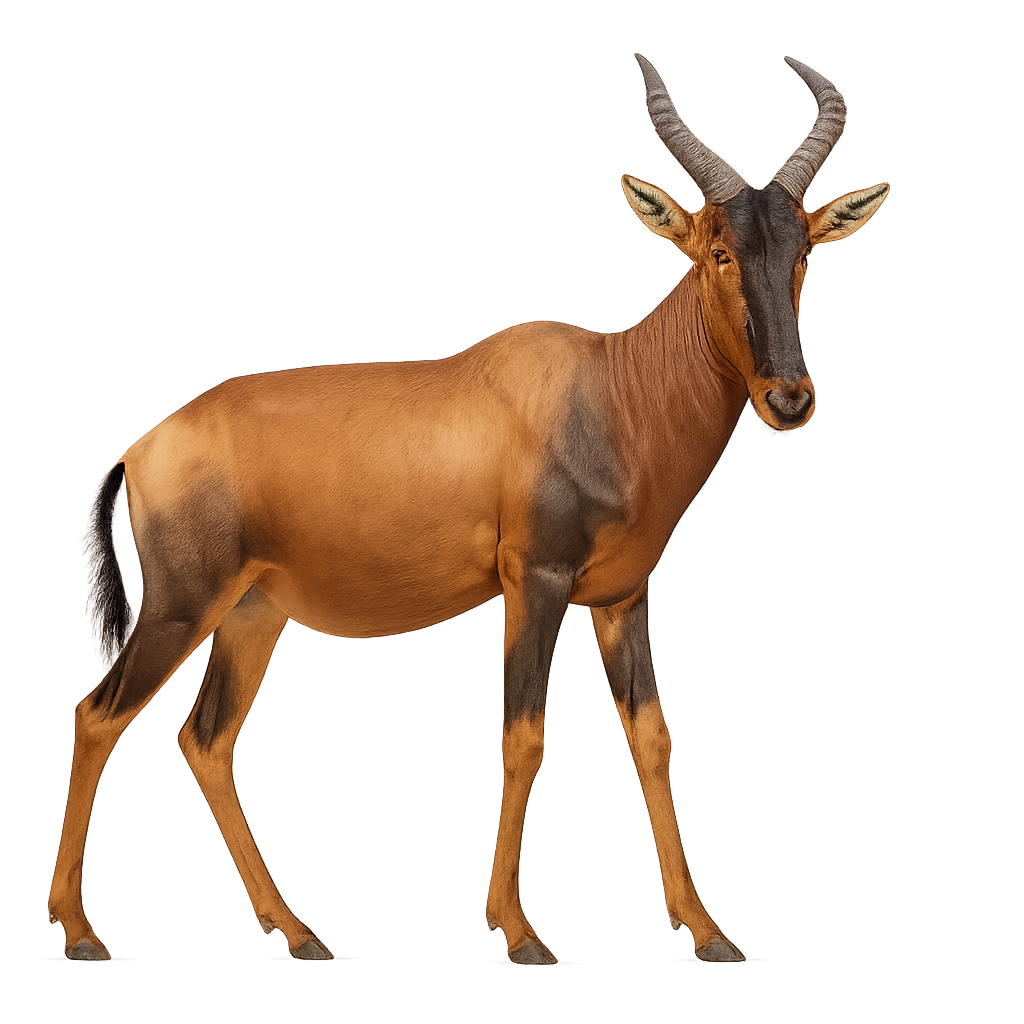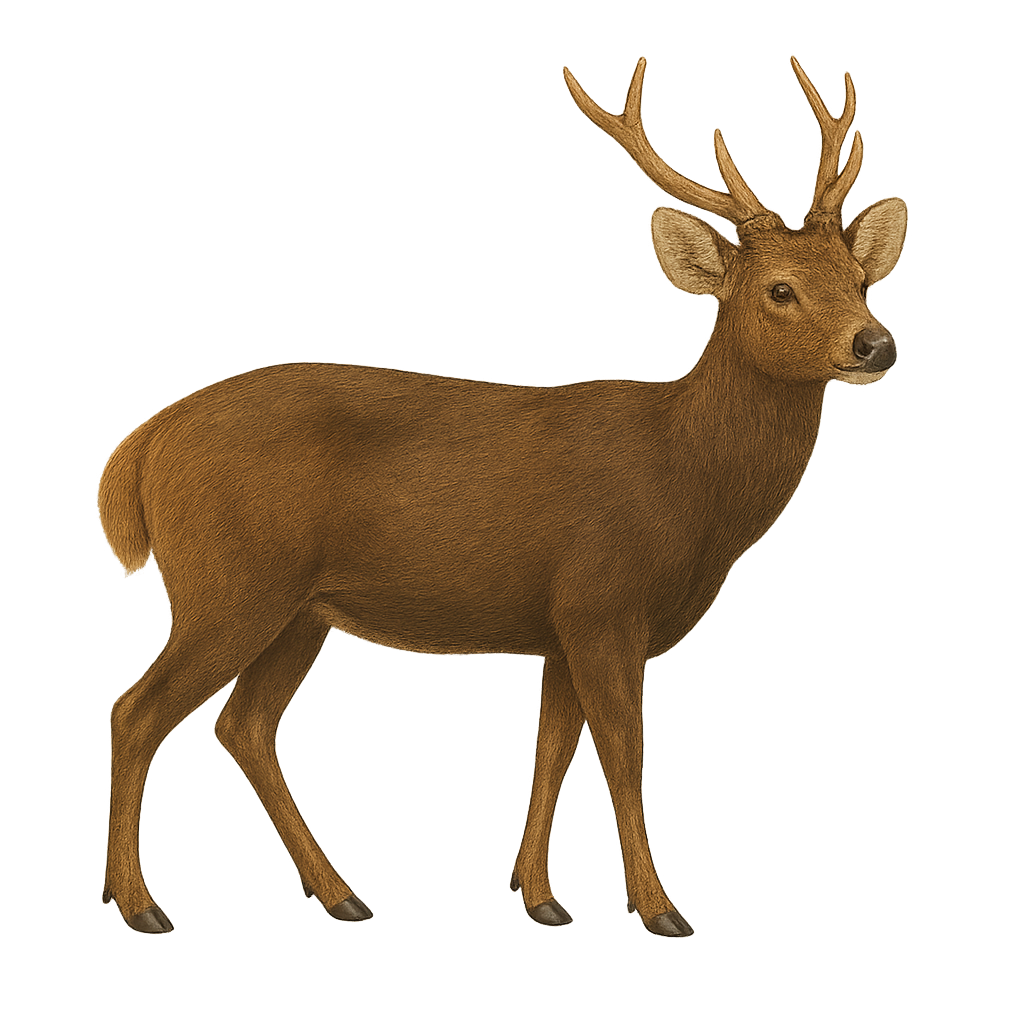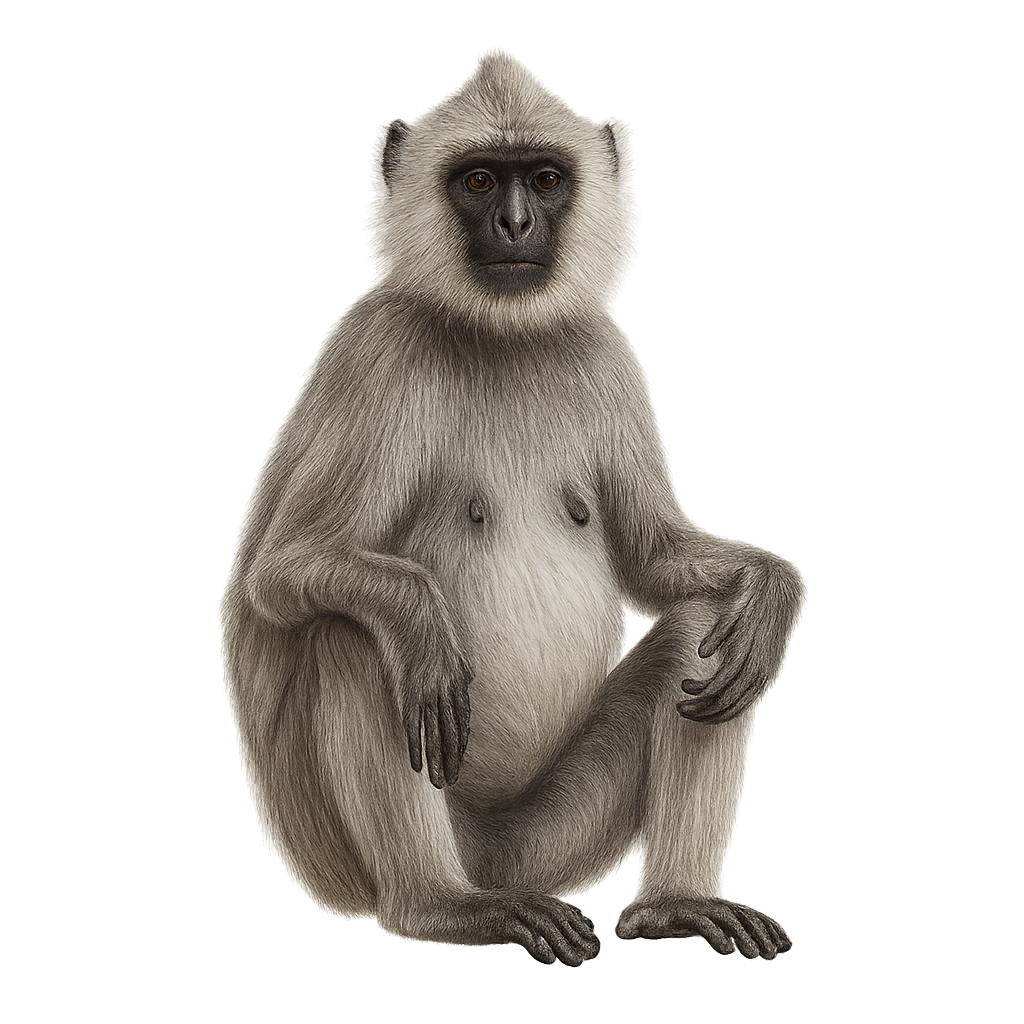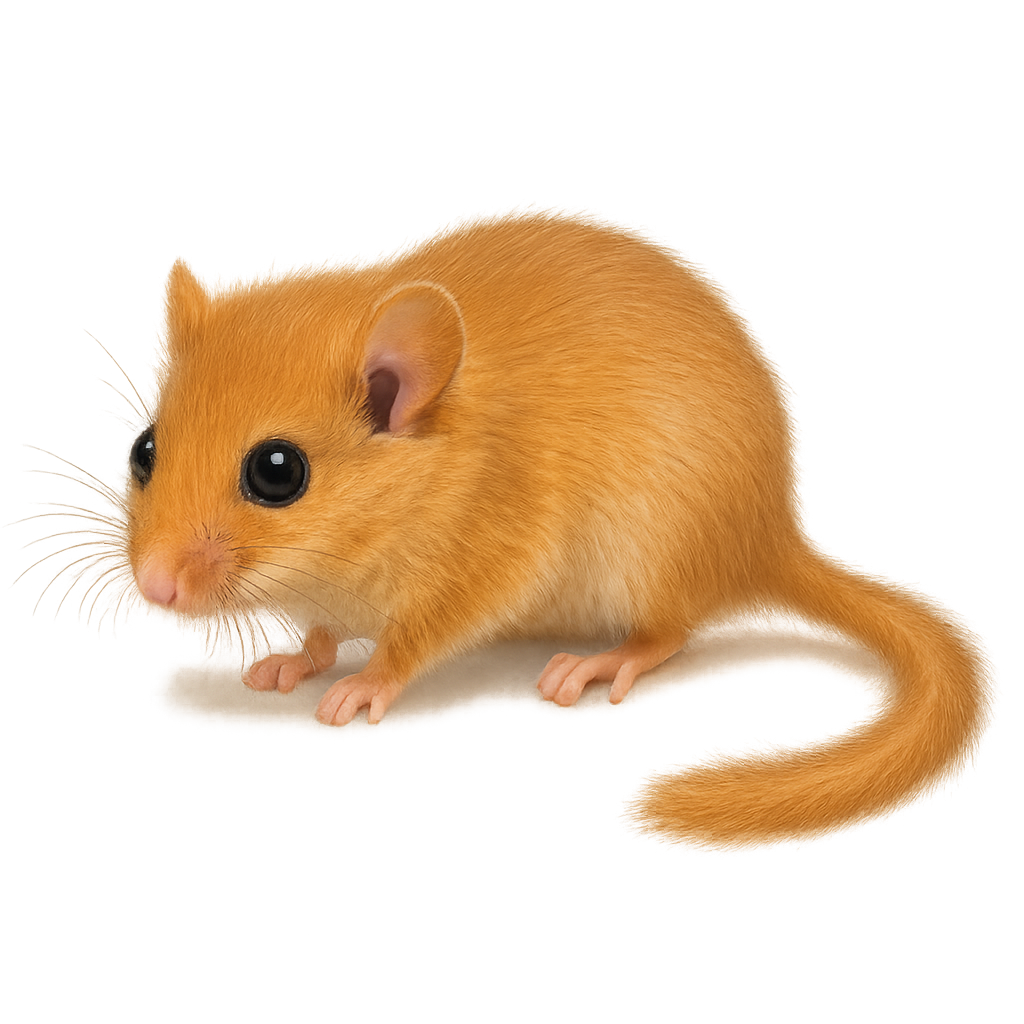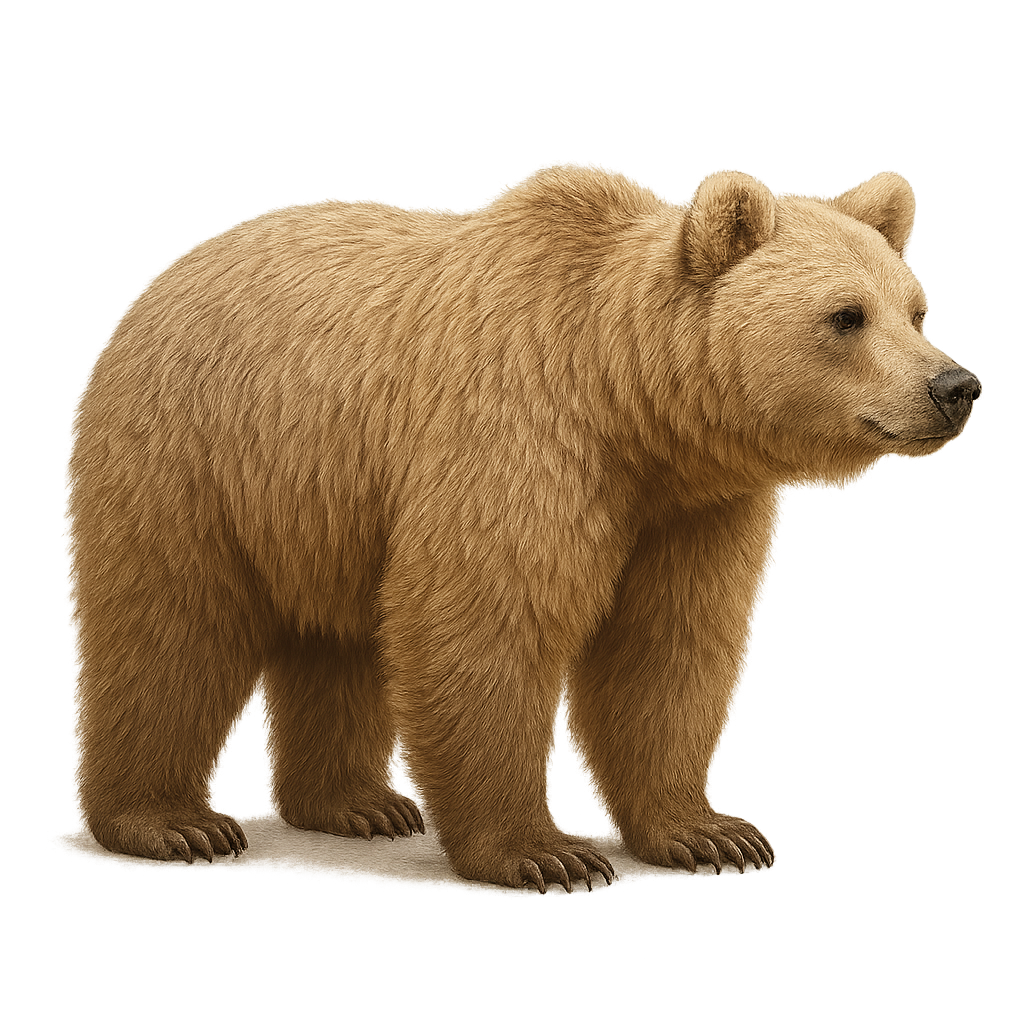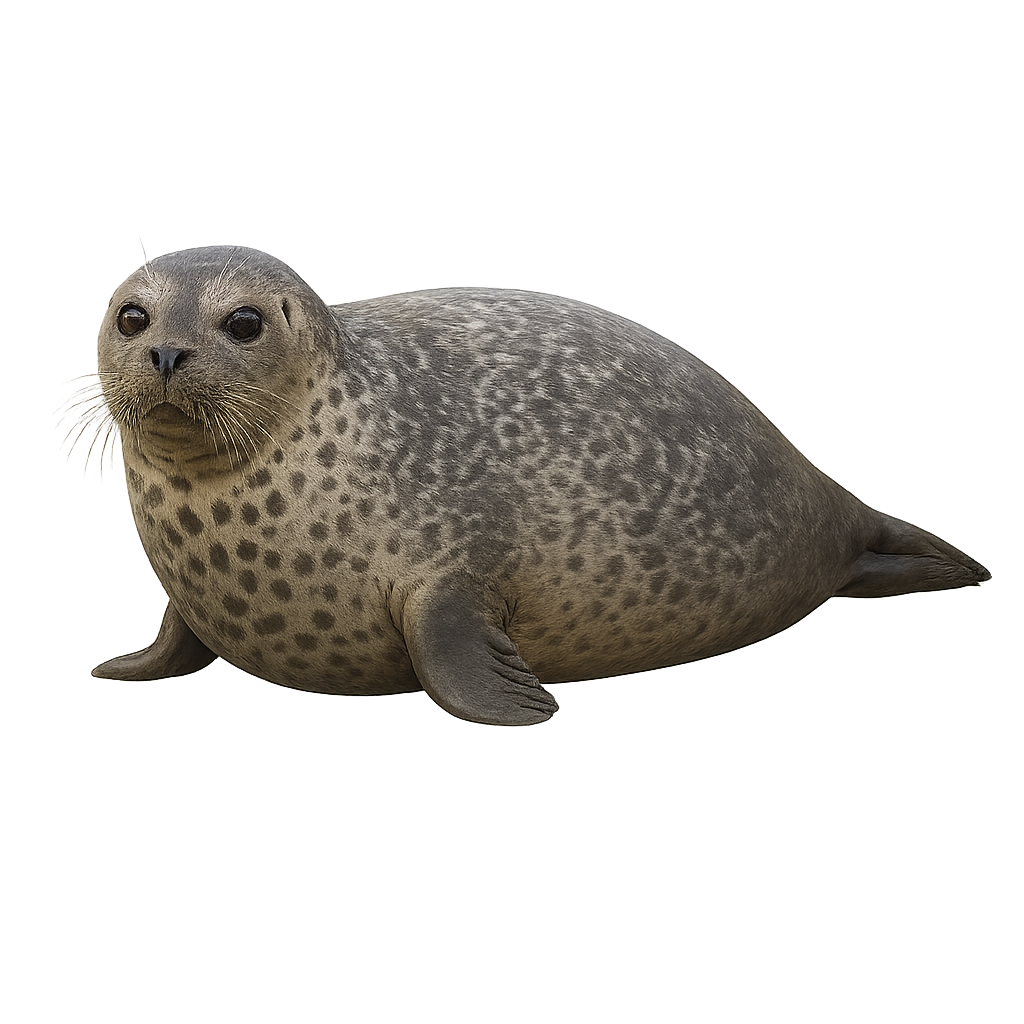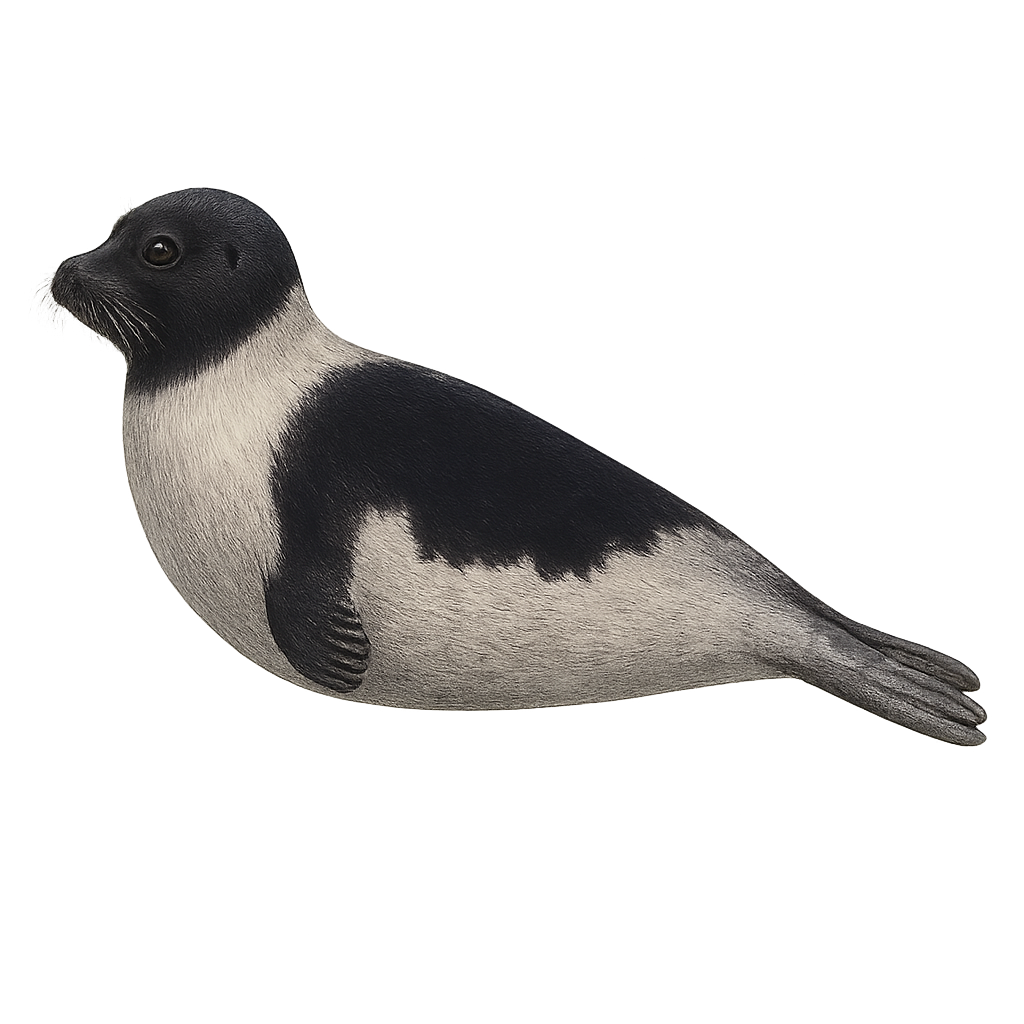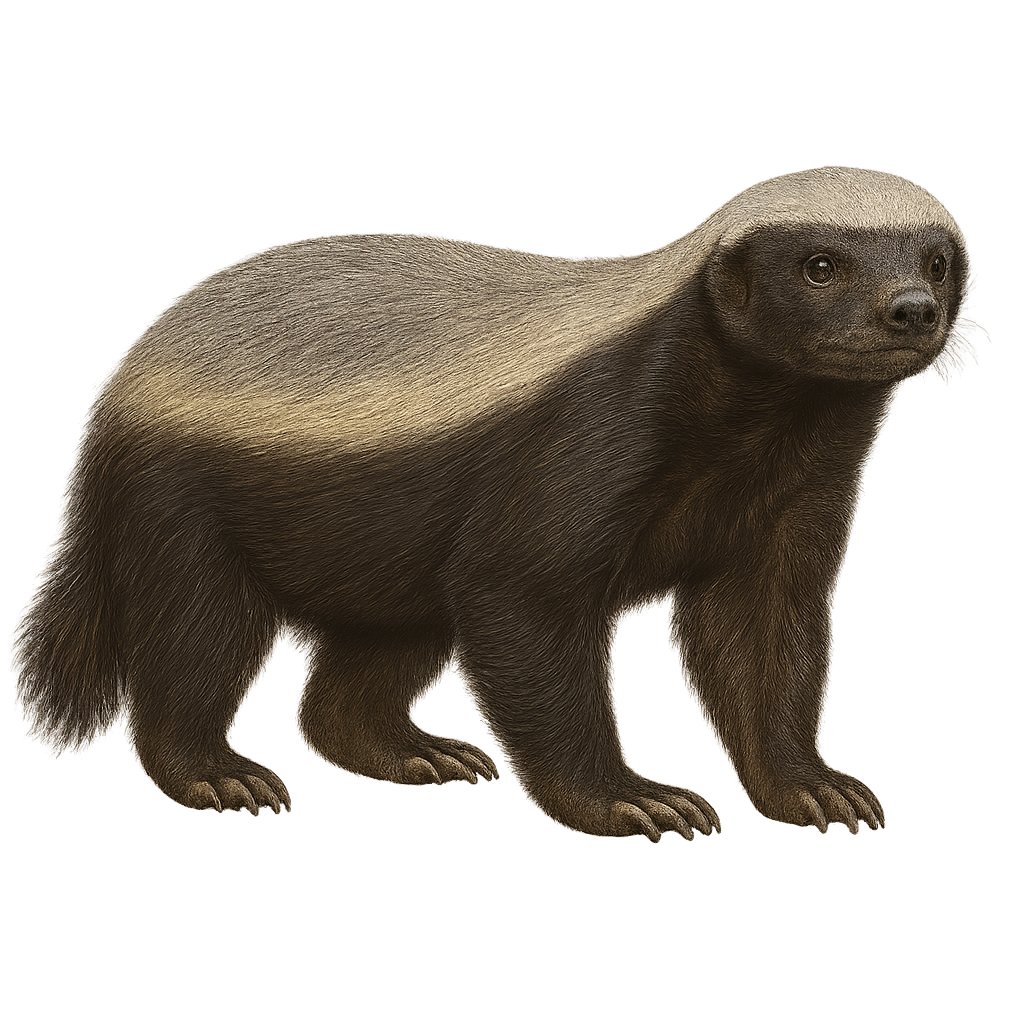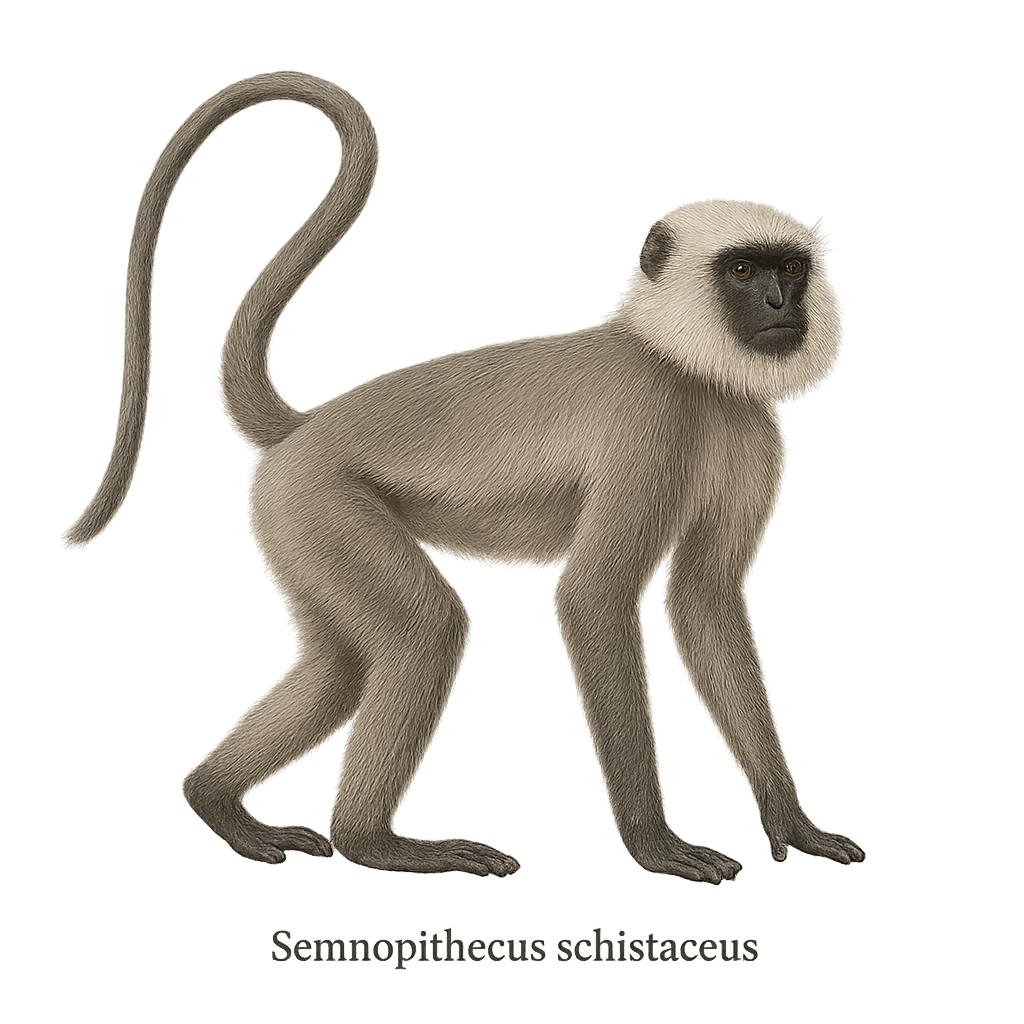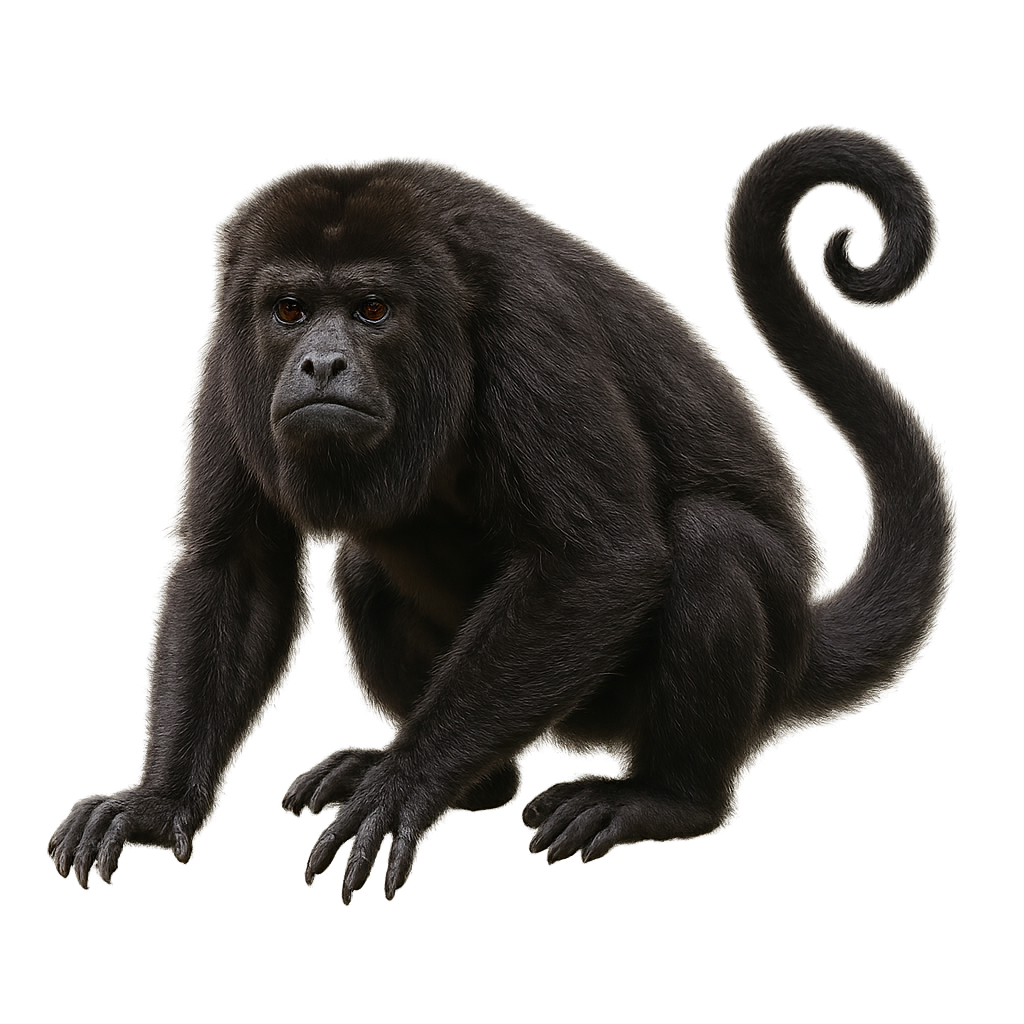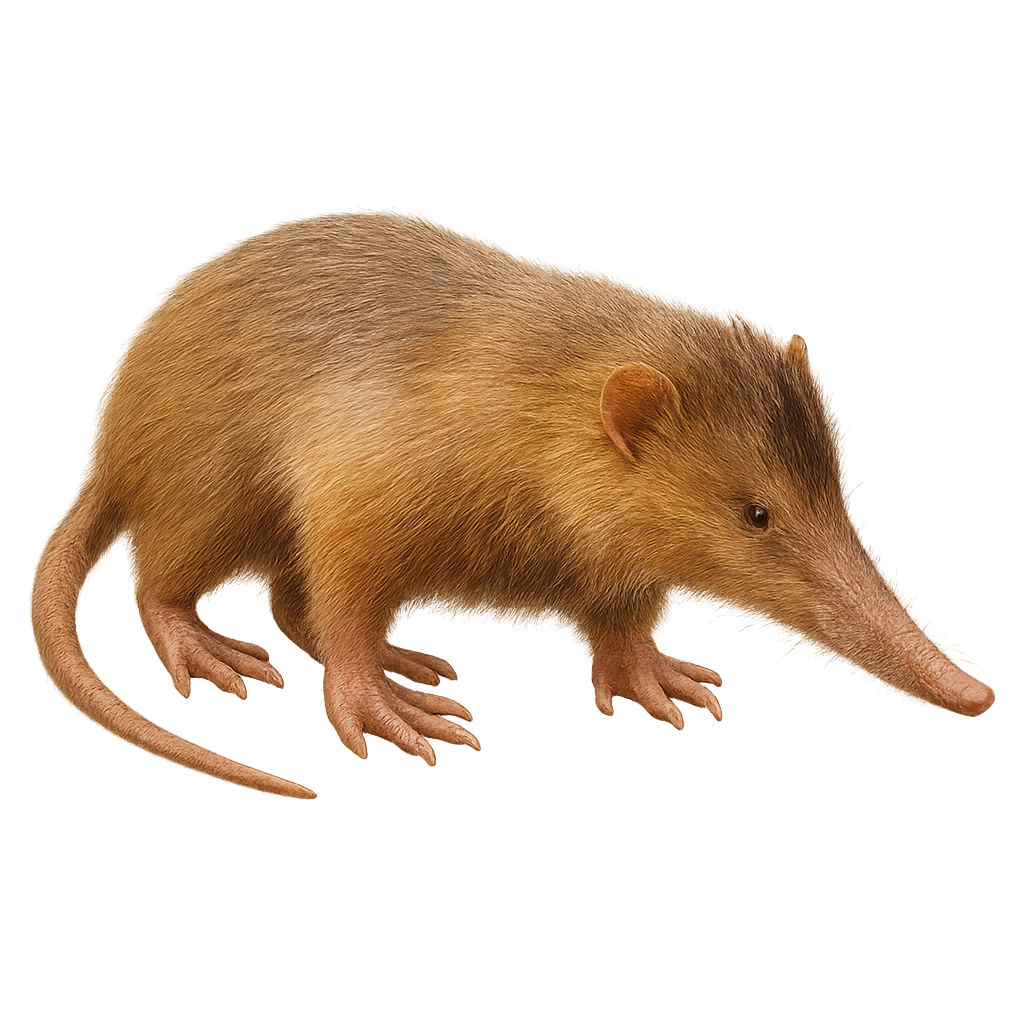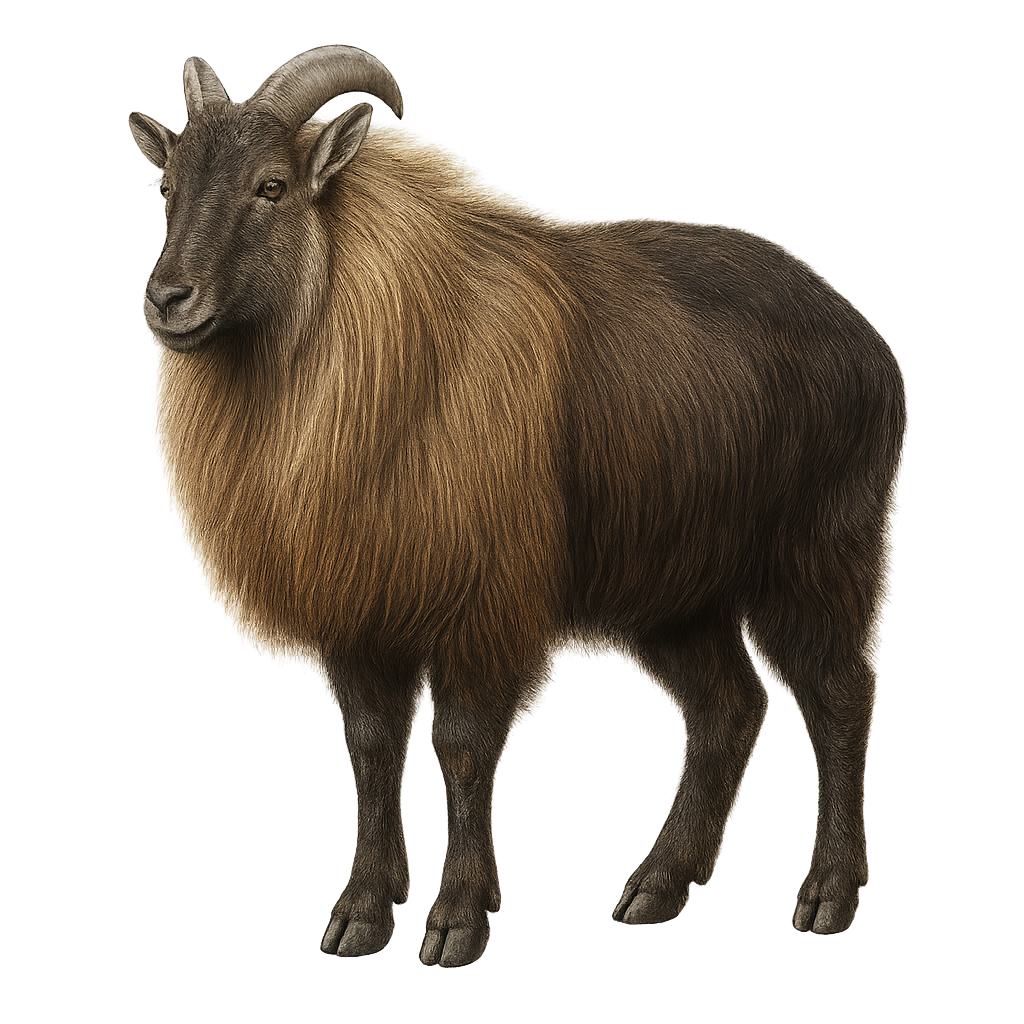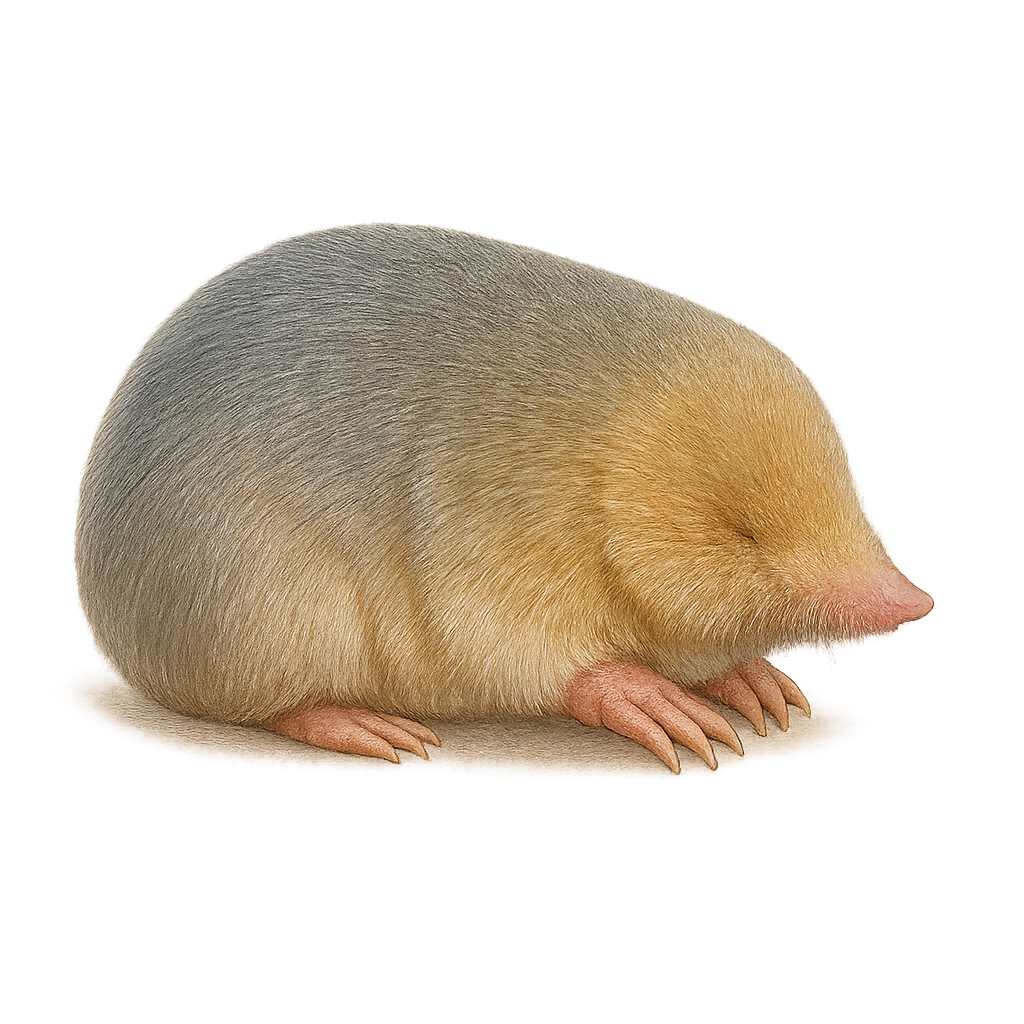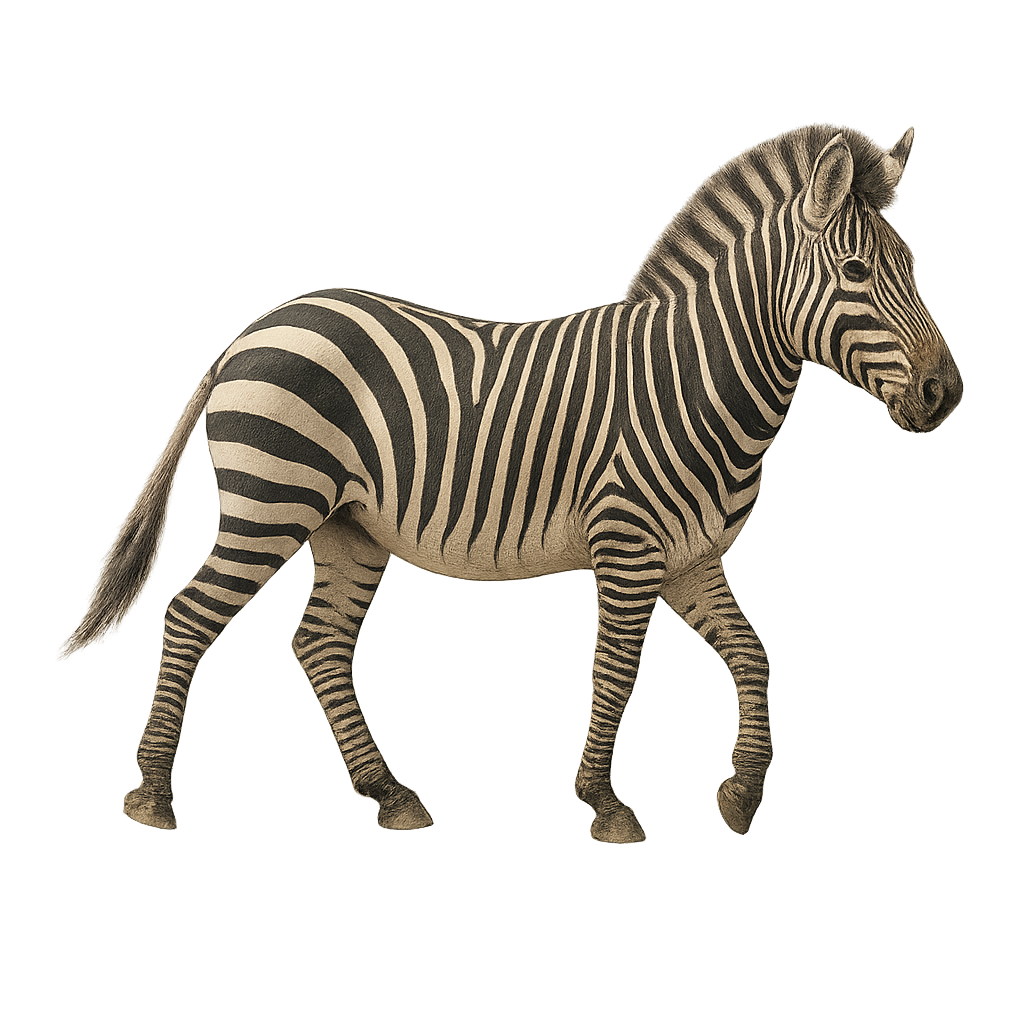The Humpback Whale is one of the most iconic whale species, known for its spectacular jumps and fascinating songs. This massive whale can grow up to 16 meters long and weigh up to 36 tons. It is found in oceans worldwide, migrating between the cold waters of the Arctic and the warmer tropical waters to breed. Humpback whales primarily feed on krill and small fish, which they capture using a group hunting technique known as "bubble netting," where they create bubbles underwater to trap their prey.
In addition to their impressive hunting behaviors, Humpback Whales are also famous for their complex songs, which males use to attract females during the breeding season.
The Hartebeest is a medium-sized antelope, easily recognized by its slender body, long legs, and slightly curved horns. It primarily inhabits the savannas and open plains of North and West Africa, where it forms large herds. The Hartebeest feeds mainly on grasses and low vegetation, and it is particularly well adapted to life in arid and semi-arid environments.
This species is mainly active at dawn and dusk, avoiding the intense heat of the day. The Hartebeest is threatened by habitat loss due to agriculture and hunting, and although conservation efforts have been made, its population remains vulnerable. It is listed as "Near Threatened" on the IUCN Red List.
The hog deer, or Hyelaphus porcinus, is a medium-sized deer native to South and Southeast Asia. It is characterized by its stocky body and relatively short legs, giving it a robust appearance. Its coat is brown with lighter shades on the belly and underparts. Males have short, thick antlers, often used in dominance battles. This deer prefers grassland and wet forest habitats, where it primarily feeds on grasses, leaves, and fruits. Although generally solitary, the hog deer can form small groups, especially outside the rutting season. It is known for its ability to move quickly through dense vegetation, making it difficult to observe in its natural habitat.
Hector's dolphin is one of the smallest dolphin species in the world, with an average size of 1.2 to 1.5 meters. It primarily inhabits shallow coastal waters of New Zealand, where it feeds on fish and squid. This dolphin is recognizable by its small, compact body, rounded fins, and distinctive face. Threatened by pollution, bycatch, and habitat loss, it is classified as endangered.
The hamadryas baboon, also known as the sacred baboon, is a primate species distinguished by its silver fur and the impressive mane of the males. Native to the Horn of Africa and parts of the Arabian Peninsula, it lives in complex social groups. Dominant males lead harems consisting of several females and their offspring. These baboons are diurnal and spend most of their time foraging for food, primarily fruits, seeds, and insects. Their natural habitat includes savannas, arid steppes, and rocky areas. Although they can survive in harsh environments, their population is threatened by habitat loss and hunting.
The hirola, or Beatragus hunteri, is a rare and endangered antelope native to the dry savannas of Kenya and Somalia. Recognizable by its lyre-shaped horns and light brown coat, the hirola is often called the "four-eyed antelope" due to the prominent preorbital glands located under its eyes. These glands play a crucial role in olfactory communication among individuals. Hirolas live in small herds, usually consisting of females and their young, while adult males are often solitary or form small bachelor groups. This species is diurnal, feeding mainly on grasses and foliage. Unfortunately, the hirola is critically endangered, primarily due to habitat loss, hunting, and diseases transmitted by domestic livestock.
The huemul is a species of deer native to the mountains of Patagonia, in Argentina and Chile. It is distinguished by its medium size and graceful antlers. It lives in mountain forests, where it primarily feeds on plants, moss, and bark. Unfortunately, it is classified as endangered due to illegal hunting and habitat loss. The huemul is a symbol of the region's wildlife, but its populations are becoming increasingly rare.
The Semnopithecus entellus, commonly known as the Hanuman Langur, is a medium-sized primate native to the Indian subcontinent. It is easily recognizable by its silver-grey fur and black, hairless face. These monkeys live in complex social groups, often consisting of multiple females and a few males. They are primarily arboreal but frequently descend to the ground to forage. Their diet is varied, including leaves, fruits, flowers, and sometimes insects. Grey langurs are known for their adaptability to different habitats, ranging from tropical forests to urban areas. Their social behavior is fascinating, with complex interactions and well-established hierarchies.
The Common Dormouse is a small nocturnal rodent, often compared to a miniature squirrel, found mainly in forests, hedgerows, and gardens across Europe. It measures about 7 to 9 cm in length, with a tail of 5 to 7 cm, and weighs between 15 and 30 g. Its coat is typically brown or gray with a light belly, and it has large black eyes and round ears. The Common Dormouse is an arboreal and nocturnal animal that primarily feeds on fruits, seeds, nuts, and sometimes insects. It is an excellent climber, often living in trees or natural cavities. This small rodent is known for its hibernation behavior: it enters torpor during the winter months, retreating into its nest to survive the cold temperatures. Although it is widespread, it is threatened by habitat loss and human disturbances.
The Ursus arctos isabellinus, commonly known as the Himalayan brown bear, is a subspecies of the brown bear found primarily in the mountainous regions of the Himalayas. These bears are large, with thick fur that ranges from light brown to dark brown, sometimes with reddish hues. They are omnivorous, feeding on plants, insects, and small mammals. Their natural habitat includes alpine meadows and subalpine forests. Due to hunting and habitat loss, their population is declining, making them vulnerable. They are solitary except during the breeding season and when a mother is raising her cubs.
The Two-toed Sloth is an arboreal mammal native to the tropical forests of Central and South America, notably in Costa Rica, Panama, Colombia, and Ecuador. It measures between 50 and 60 cm in length, with a reduced tail and weighs between 4 and 8 kg. Its fur is long, thick, and gray-green in color, allowing it to blend into the foliage of trees. As its name suggests, it has two toes on its front limbs, which allow it to cling to branches and move slowly from tree to tree. The Two-toed Sloth is primarily herbivorous, feeding on leaves, fruits, and flowers. Although it is an excellent climber, it moves very slowly and often only leaves its trees once a week to descend to the ground for defecation. The species is currently listed as "vulner
The Common Seal, also known as the Harbor Seal, is a marine mammal found primarily along the coasts of the North Atlantic, in Europe and North America. It measures between 1.5 and 2 meters in length and weighs between 60 and 150 kg. Its fur is typically light gray with dark spots, and its head is rounded with bright black eyes. The Common Seal is an excellent swimmer and primarily feeds on fish, crustaceans, and mollusks. It is often seen lounging on rocks or beaches. Although its population remains relatively stable, the Common Seal is sometimes threatened by pollution, hunting, and human disturbance of its breeding habitats.
The harp seal, or hooded seal, is a marine mammal native to the Arctic regions. It is easily identifiable by its white fur as a pup, which turns gray with black spots as it matures. This seal is well adapted to cold environments, with a thick layer of blubber for insulation. It primarily feeds on fish and crustaceans. Harp seals are known for their seasonal migrations, traveling long distances between breeding and feeding grounds. They play a crucial role in the Arctic marine ecosystem, serving as both predators and prey for other species.
The honey badger, Mellivora capensis, is a carnivorous mammal known for its boldness and tenacity. It has a robust body, thick and loose skin that protects it from predators. Its fur is typically black with a white stripe on its back. This opportunistic predator feeds mainly on small animals, insects, and fruits. It is famous for its ability to attack larger prey and withstand bee stings and venomous snake bites. The honey badger is primarily solitary and fiercely defends its territory. It inhabits various environments, from savannas to forests, and can dig quickly to hide or search for food.
The Semnopithecus schistaceus, commonly known as the Himalayan Gray Langur, is an arboreal primate found mainly in the mountainous forests of the Himalayas. This monkey is easily recognizable by its silvery-gray fur and distinctive black face. It lives in complex social groups and primarily feeds on leaves, fruits, and flowers. Adapted to high altitudes, it can be observed up to 4000 meters. Although generally wary of humans, it can sometimes be seen near villages. Its population is threatened by deforestation and hunting, although conservation efforts are underway to protect its natural habitat.
The Howler Monkey is a medium-sized primate found primarily in the tropical forests of Central and South America, notably in Mexico, Central America, and parts of the Amazon rainforest. It typically measures about 40 to 70 cm in length, with a prehensile tail of 50 to 75 cm, and weighs between 7 and 10 kg. Its fur varies from black to brown, and it has a large throat and powerful jaw, which allow it to produce extremely loud sounds, used to demarcate territory and communicate with other members of its group. The Howler Monkey is primarily herbivorous, feeding on leaves, fruits, and flowers. It lives in social groups and is primarily active during the day, moving slowly from tree to tree. While its population remains relatively stable, this species is threatened by deforestation and hunting.
The Hispaniolan solenodon (Solenodon paradoxus) is a venomous insectivorous mammal resembling a shrew, endemic to the Caribbean island of Hispaniola (Dominican Republic and Haiti). It inhabits moist forests, shelters in burrows or under logs, and feeds primarily on arthropods, worms, molluscs and small vertebrates. Crepuscular and nocturnal, it moves in a zigzag gallop and produces varied vocalizations for communication and defense.
The Himalayan tahr, Hemitragus jemlahicus, is a robust caprine native to the rugged mountains of the Himalayas. With a thick, woolly coat, it is well-suited to the cold, windy conditions of its habitat. Males are distinguished by their impressive manes and curved horns, while females are smaller with more modest horns. These gregarious animals form herds, often segregated by sex, and navigate difficult terrains with remarkable agility. Their diet mainly consists of grasses, leaves, and shoots. Although their population is stable, they face threats from hunting and habitat loss.
The Amblysomus hottentotus, commonly known as the Hottentot Golden Mole, is a small insectivorous mammal endemic to southern Africa. It is characterized by its silky, golden-tinged fur, giving it a unique appearance. Adapted to a subterranean lifestyle, it has powerful forelimbs and robust claws for efficient digging. Its eyes are covered by skin, as vision is of little use in its underground habitat. It primarily feeds on insects and small invertebrates it finds in the soil. Although elusive, it plays a crucial role in the ecosystem by aerating the soil and controlling insect populations.
The Hartmann's mountain zebra, a subspecies of the mountain zebra, is a robust and elegant animal, recognizable by its distinct black and white stripes that do not meet under the belly, leaving a white band. Native to the arid and mountainous regions of Namibia and South Africa, it is perfectly adapted to its environment with hard hooves and the ability to survive with little water. Hartmann's zebras live in small family groups led by a dominant stallion. They primarily feed on grasses but can also consume leaves and bark during times of scarcity. Their social behavior is complex, with vocal interactions and mutual grooming rituals.



